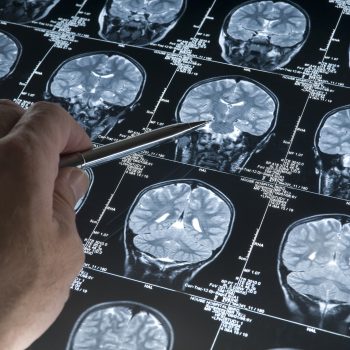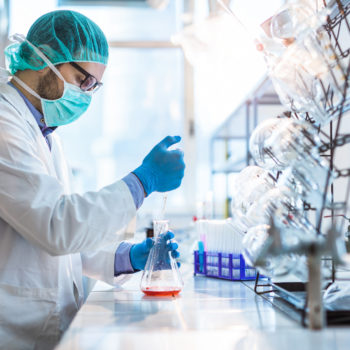2018 is destined to bring great news in all fields, including medicine, where research is rapidly galloping towards discoveries that could change the lives of millions of people. What can we expect? What results can be optimistically expected? Here are some of the most important studies underway.
We talk about this topic with Dr. Elena Azzolini, Medical Assistant of the Health Directorate of Humanitas.
Genetic engineering and biotechnology against migraine, anemia and thalassemia
The technique of CRISPR/Cas9 now allows the DNA to be modified and is therefore interesting for the treatment of various diseases, including sickle cell anemia and beta thalassemia. The latter is a hereditary disease that affects about 7,000 people in Italy alone and has been the focus of CRISPR Therapeutics’ studies for some time now. With Vertex Pharmaceuticals Incorporated, the company has submitted a formal request to test this genomic editing treatment that will involve some patients with beta thalassemia in Europe and will be dedicated to studying the treatment of sickle cell anemia in the USA.
The other pathology of interest is migraine. This persistent form of headache is one of the disabling diseases of the World Health Organization and affects 12% of the Italian population. Now, a new class of drugs is being examined by researchers, inhibiting the receptor of a brain neurotransmitter involved in migraine genesis, and thus producing good results from the very first applications, minimizing the serious side effects that therapies known up to now had never been able to exclude.
“Odyssey” and the latest discoveries in cardiovascular medicine
This is one of the longest clinical studies ever conducted in the cardiovascular field and this year it will probably be able to give some answers on the so-called Pcsk9 inhibitors, molecules that seem to be able to significantly reduce the so-called bad cholesterol responsible for major cardiovascular diseases.
The costs of treatment are currently very high: we are talking about figures that are around 15 thousand dollars a year. If the studies confirm the results that in the last 5 years have been tested on 18 thousand subjects at risk, it is conceivable that very soon the new treatment can be distributed on a large scale, leading to a lowering of production costs.
Breast cancer, an increasingly weak enemy
Already used for the treatment of ovarian cancer, this year the so-called parpinibitor drugs could also give some results for the treatment of breast cancer. If the Food and Drug Administration approves them definitively, the parpinibitors will be able to give encouraging hopes in the therapies of patients suffering from mutations of the Brca1 and Brca2 genes, linked to the development of this type of cancer.










